The Difference Between Category, Class, and Type of Aircraft
Pilot Institute
MARCH 28, 2025
To fly an aircraft that weighs more than 12,500 pounds or a jet (regardless of weight), pilots require a type rating. no control surfaces). To fly an aircraft that weighs more than 12,500 pounds or a jet (regardless of weight), pilots require a type rating. What Is an Aircraft Category?


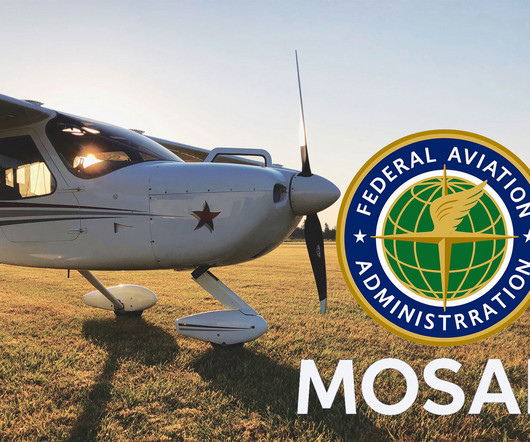


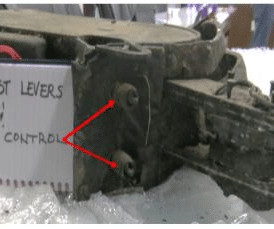
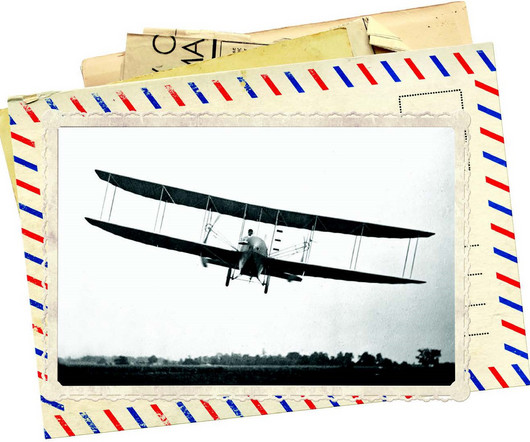


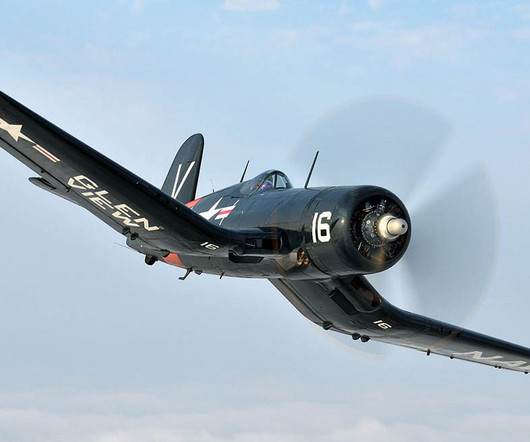
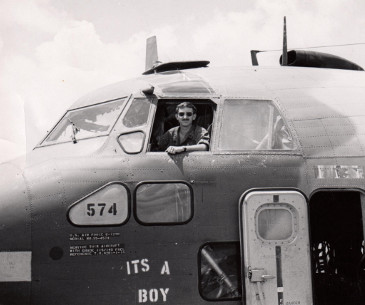






Let's personalize your content